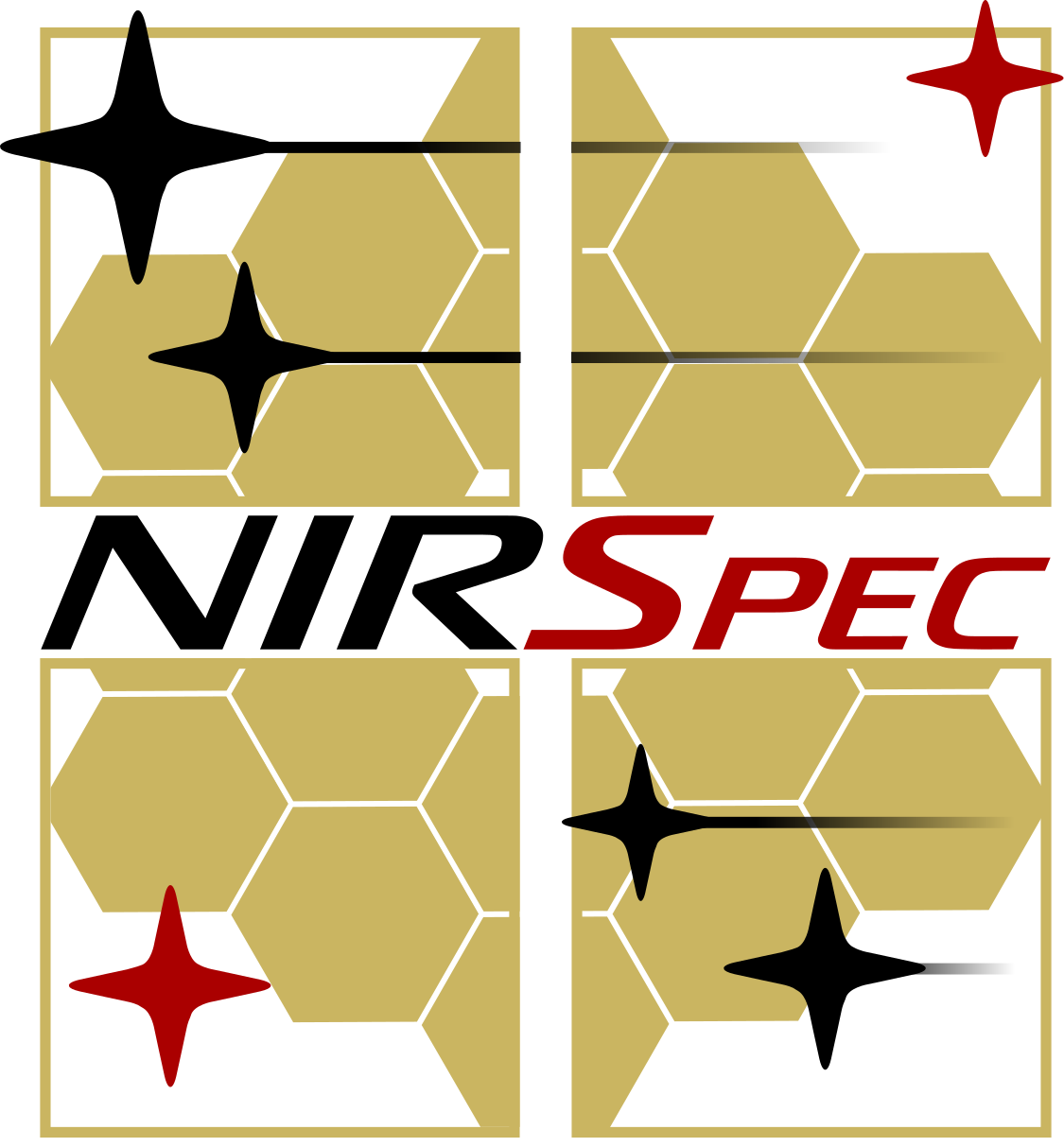The Physics of Galaxy Assembly: Spatially Resolved IFS Observations of High-Redshift Galaxies
The GA-NIFS survey is an ambitious project which aims to reveal the internal structure and close environment of distant
galaxies using observations with the integral field spectroscopic (IFS)
mode of the JWST/NIRSpec instrument, having allocated over 300
hours of JWST prime time. GA-NIFS is one of the three large NIRSpec GTO high-z extragalactic surveys, the other two being the
MOS-based JADES and
WIDE .
The revolutionary capabilities of NIRSpec
provide us with spatially resolved spectroscopy in the 1-5 μm range of a sample
of over 50 galaxies in the redshift range between 3 and 11, or 11.5 to 13.5 billion years ago. These include galaxies hosting
"Active Galactic Nuclei" (AGN), whose emission is caused by matter falling into their central supermassive black holes, as well as star-forming galaxies.
IFS observations of individual high-redshift galaxies with NIRSpec will enable us to investigate in
detail the most important physical processes driving galaxy evolution across the cosmic time.
The main goals of these observations are:
● to trace where new stars are born in galaxies
● to map the physical properties of the stellar populations
● to trace the kinematics of the gas (i.e. velocity fields, turbulence) and, therefore,
determine what is driving these motions, including unseen matter and non-equilibrium motions
● to map the distribution of chemical elements and interstellar dust.
The observations use the high-resolution gratings (R2700) to obtain the main optical emission lines and then characterize
the properties of the interstellar medium (ISM), including its kinematics. The low spectral resolution mode (R100) is also
employed for the star-forming galaxies to map the continuum emission and therefore study their stellar component.
With this program we will extend observations of the Hα line up to z~7. The current ground-based studies of this line are limited
to z ≃ 2.5 and are affected by the Earth's atmosphere, which causes low sensitivity
and degraded angular resolution.

